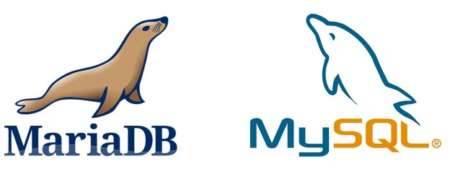Last December Amazon announced its new EBS gp3 volumes, which offer better performance and a cost saving of 20% compared to those that have been used until now (gp2). Well, after successfully testing these new volumes with multiple clients, I can do nothing but recommend their use, because they are all advantages and in these 2 and a half months that have passed since the announcement I have not noticed any problems or side effects.
How to automatically update all your AWS EC2 security groups when your dynamic IP changes
One of the biggest annoyances when working with AWS and your Internet connection has a dynamic IP is that when it changes, you immediately stop accessing to all servers and services protected by an EC2 security group whose rules only allow traffic to certain specific IP’s instead of allowing open connections to everyone (0.0.0.0.0/0).
ᐈ How to create a user in MySQL/MariaDB and grant permissions on a specific database

Script to automatically monitor website Google PageSpeed Insights score
One of the most targeted goals when optimizing a website for page load speed is to get a good score on Google PageSpeed Insights test. But it is not enough to work hard on optimization, achieve a good score and go to sleep. It is essential to periodically monitor score changes as a website evolves and undergoes changes over time which affect this metric.
Here’s a little script that will allow you to automatically track Google PageSpeed Insight score and be alerted if it falls below a custom value.
Speed up your website with a SUPERLIGHT Facebook “Like” button

What if you could replace the button provided by Facebook with a single and simple image of the same button showing up-to-date number of followers of your Facebook page? It would be fantastic for website performance optimization or WPO, because it would only require a single additional request to the server, and it could be served and cached quickly from a CDN very close to the user’s geographic location. In this way you could ensure that the loading speed of your website would remain very high and without performance penalties.
How can this be achieved? It seems a win-win solution too good to be true… Well, it can be achieved in a much simpler way than you think thanks to the Imagemagick library and a simple Bash script. Read on…


